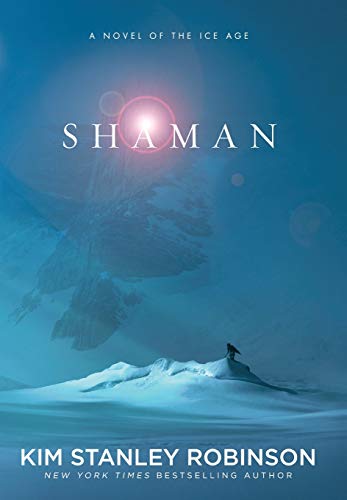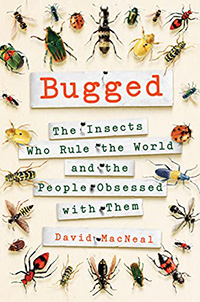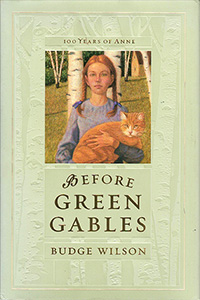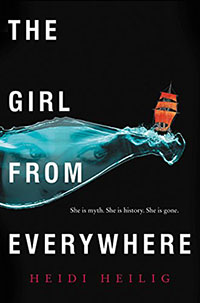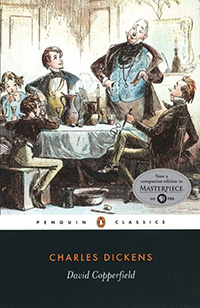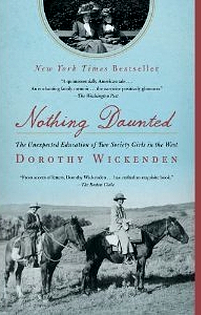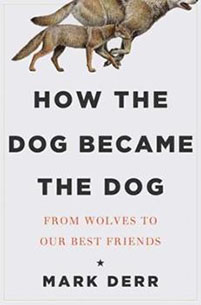My initial attempt to cover all the things I’ve read (listened to) and puzzled during my recovery time! My screen time is still limited, so this will be brief. I was in the middle of reading these two books when had the incident, hung onto them for weeks and finally realized I was going to run out of borrowing time before I could read again. So I turned them in, plus a waiting stack on my bedside table. Thus they’re considered Abandoned, though it was reluctant and unintentional so DNF is a better term, just one I haven’t used much on here.
Creature
by Shaun Tan
 Collection of drawings and sketches by the author/artist. Delightful and whimsical and random. At least, they seemed random at first- but when you get to the very end pages there’s a little description and explanation by the artist, about what inspired the piece, or what other story it was a part of, or what he thinks about the depicted object. The intro and these end-pages explanation bits are lovely reading, it is so solidly insightful and makes me feel appreciative (of art). I need to get my hands on more Shaun Tan! and see the animations done from some of his books- I didn’t even know they existed, before. The artwork is all so much fun, even if some have sad or lonely overtones. Most of them are of everyday objects combined or personified into little beings that interact or have some symbolic meaning. Not quite sure how else to describe it. I had spent days poring over all the pictures, looked through them all at least twice, and then was super happy to find the text at the back to read about, but then I couldn’t. Someone else had this one on request so I turned it in having only read four or five pages of the explanations, but I want to borrow it again to go through the rest, and look at the drawings all over again, of course.
Collection of drawings and sketches by the author/artist. Delightful and whimsical and random. At least, they seemed random at first- but when you get to the very end pages there’s a little description and explanation by the artist, about what inspired the piece, or what other story it was a part of, or what he thinks about the depicted object. The intro and these end-pages explanation bits are lovely reading, it is so solidly insightful and makes me feel appreciative (of art). I need to get my hands on more Shaun Tan! and see the animations done from some of his books- I didn’t even know they existed, before. The artwork is all so much fun, even if some have sad or lonely overtones. Most of them are of everyday objects combined or personified into little beings that interact or have some symbolic meaning. Not quite sure how else to describe it. I had spent days poring over all the pictures, looked through them all at least twice, and then was super happy to find the text at the back to read about, but then I couldn’t. Someone else had this one on request so I turned it in having only read four or five pages of the explanations, but I want to borrow it again to go through the rest, and look at the drawings all over again, of course.
Abandoned 224 pages, 2022
The Last Elephants
compiled by Don Pinnock and Colin Bell
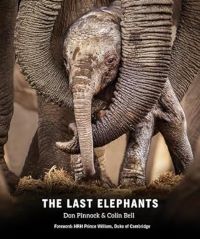 This thick, impressive coffee-table size book is all about the current state of elephants in Africa. As far as I can tell, the two compilers traveled the breadth of the continent collecting materials written about, and photographs taken of, elephants. The words are from conservationists, animal welfare workers, government policy makers, wildlife photographers, safari outfit organizers, big game hunting enthusiasts, field scientists, etc (probably some occupations I have got wrong and many others forgotten because I don’t have the book in front of me now). The photographs- many of them double-page spreads- are stunning and beautiful. The words are detailed, sober and expressive, though I have to admit some of them are on the other hand very straightforward and dry. The chapter written about policy makers and the problems caused when elephant populations cross boundaries of countries that have different ways of assessing and handling their numbers was particularly difficult to get through, if I recall. I did like best one chapter that was about two individual elephants, though now I can’t tell you anything about it. Personal stories always get me closer. And I was very struck by the section about how elephants and big trees co-exist. Namely, it was pointed out that the helpful work of people to provide more watering holes for elephants and other wildlife, actually has a negative impact on large trees- because if the elephants have easy access to water and stay in one place, they keep feeding on the same trees and damage them. In normal circumstances, they’d roam far between watering places, giving trees in one area time to recover and grow again, before they returned. And yet now they often can’t roam because of fences, roads, human habitation and other things blocking their path.
This thick, impressive coffee-table size book is all about the current state of elephants in Africa. As far as I can tell, the two compilers traveled the breadth of the continent collecting materials written about, and photographs taken of, elephants. The words are from conservationists, animal welfare workers, government policy makers, wildlife photographers, safari outfit organizers, big game hunting enthusiasts, field scientists, etc (probably some occupations I have got wrong and many others forgotten because I don’t have the book in front of me now). The photographs- many of them double-page spreads- are stunning and beautiful. The words are detailed, sober and expressive, though I have to admit some of them are on the other hand very straightforward and dry. The chapter written about policy makers and the problems caused when elephant populations cross boundaries of countries that have different ways of assessing and handling their numbers was particularly difficult to get through, if I recall. I did like best one chapter that was about two individual elephants, though now I can’t tell you anything about it. Personal stories always get me closer. And I was very struck by the section about how elephants and big trees co-exist. Namely, it was pointed out that the helpful work of people to provide more watering holes for elephants and other wildlife, actually has a negative impact on large trees- because if the elephants have easy access to water and stay in one place, they keep feeding on the same trees and damage them. In normal circumstances, they’d roam far between watering places, giving trees in one area time to recover and grow again, before they returned. And yet now they often can’t roam because of fences, roads, human habitation and other things blocking their path.
There’s writings in here about poaching, about the ivory trade, about conservation efforts, and the viewpoints of many different people involved with elephants in one way or another. I was just barely getting into this one- it was kind of slow reading already- when I had to pause. Definitely going to borrow this book again, too.
Abandoned 490 pages, 2019
